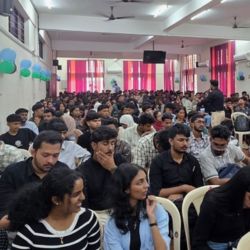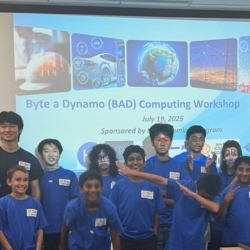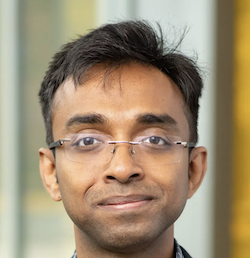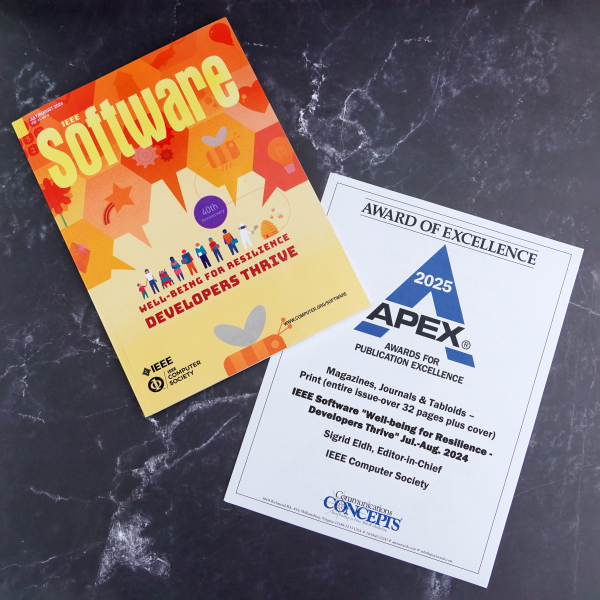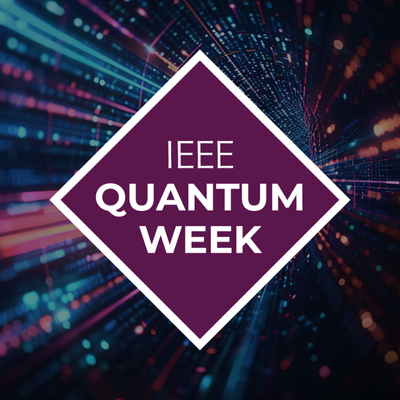
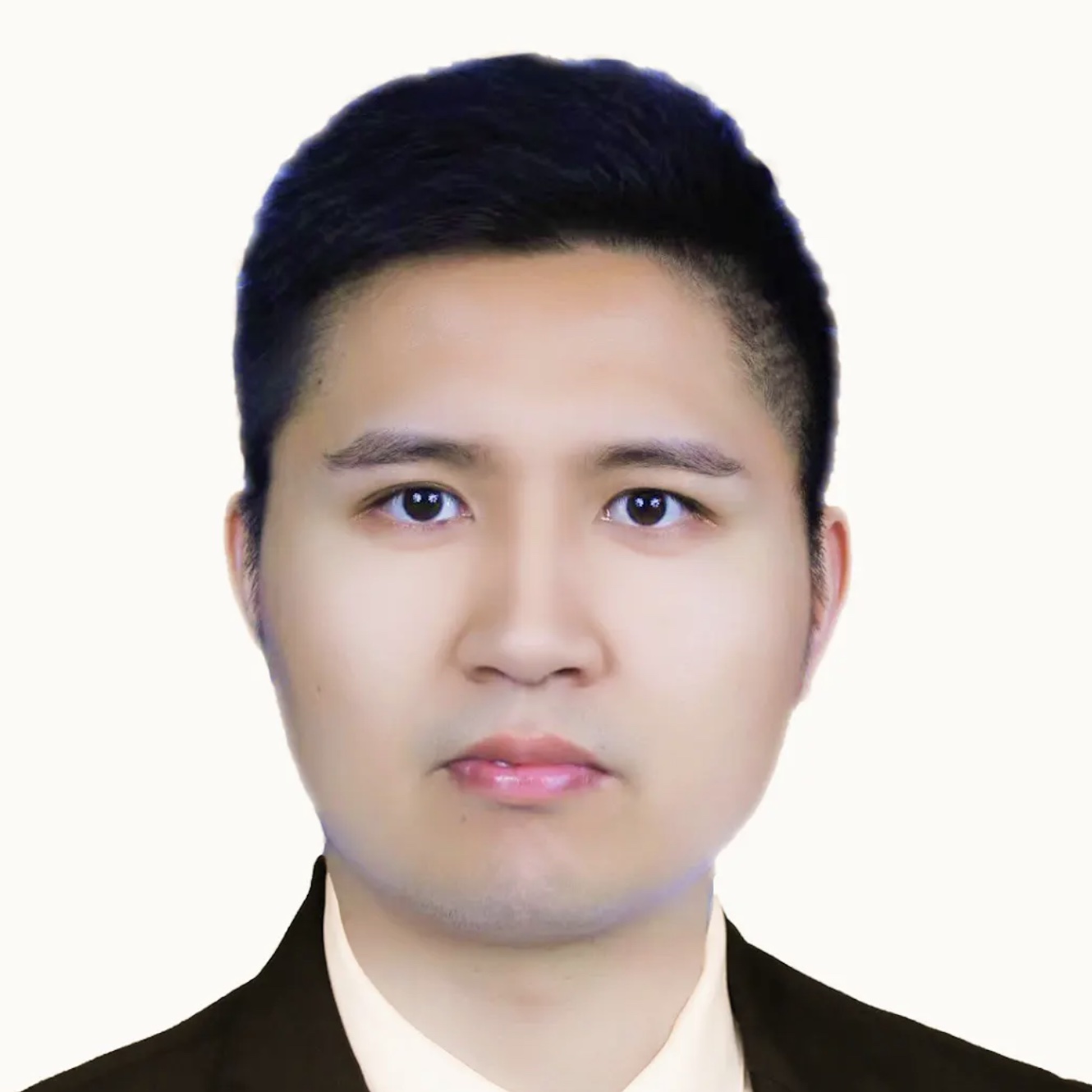
Guowen Xu’s passion for cryptography was seeded in various courses throughout his undergraduate mathematics education. It was his experience as a doctoral student, however, that was truly transformative in terms of his learning how to navigate cryptographic security’s complexities and begin shaping his research directions and career.
Today, Xu is a full professor in the School of Computer Science and Engineering at the University of Electronic Science and Technology of China, Chengdu.
Xu’s work in security and privacy has led to many honors and field advancements–and to his being named one of Computing’s Top 30 Early Career Professionals.
In the following Q&A, Xu describes
What sparked your interest in cyberspace security and applied cryptography while studying at Anhui Jianzhu University?
During my undergraduate studies in mathematics at Anhui Jianzhu University, I was introduced to cryptography through several courses. The way mathematical theories underpin encryption and security mechanisms immediately caught my interest. I found it fascinating how abstract mathematical concepts could be applied to protect information and ensure secure communication.
As I delved deeper, I realized the crucial role cryptography plays in cyberspace security, from securing online transactions to protecting sensitive data. This sparked my curiosity and motivated me to explore the field further. I was particularly intrigued by the real-world applications of cryptographic algorithms and their impact on cybersecurity.
This initial exposure laid the foundation for my passion for cyberspace security and applied cryptography, driving me to pursue further studies and research in this field.
Can you share some insights into your PhD research at the University of Electronic Science and Technology of China—and particularly any challenges you faced and how you overcame them?
During my PhD research, I focused on secure cryptographic protocols and their applications in cyberspace security. Under the guidance and encouragement of my advisor, Professor Hongwei Li, I was able to navigate the complexities of cryptographic security with confidence. His insightful advice and unwavering support played a pivotal role in shaping my research direction and refining my problem-solving approach.
One of the primary challenges I encountered was striking a balance between security and efficiency in cryptographic algorithms. While many secure protocols offer strong protection, their high computational costs often hinder real-world deployment. To tackle this issue, I explored lightweight cryptographic techniques and optimized existing encryption schemes. Through rigorous theoretical analysis and extensive simulations, I developed a more efficient protocol that preserves strong security guarantees while significantly improving computational performance.
Throughout this process, I was fortunate to receive invaluable assistance from my peers, Sen Liu and Chen Tan, whose expertise in code implementation greatly facilitated the practical realization of my cryptographic designs. Their technical support and collaborative spirit were instrumental in transforming theoretical concepts into functional, high-performance systems.
This transformative experience not only strengthened my problem-solving skills but also deepened my understanding of cryptographic security. It reinforced my passion for advancing cybersecurity technologies and further motivated me to contribute innovative solutions to the field.
How did your experience as a visiting PhD student at Singapore Management University influence your research approach and career trajectory?
My experience at Singapore Management University had a profound impact on my research approach and career trajectory. The university fostered a highly stimulating research environment, where I was exposed to cutting-edge developments in cybersecurity and cryptography.
Under the guidance of Professor Robert H. Deng, I received valuable insights that greatly refined my research perspective. His mentorship not only deepened my understanding of cryptographic security but also encouraged me to think more critically and innovatively. Additionally, my colleagues were incredibly supportive and passionate about research, which further fueled my enthusiasm for academic exploration.
This experience reinforced my commitment to pursuing high-quality research and broadened my academic vision. It also strengthened my collaboration skills and inspired me to contribute more actively to the global research community in cybersecurity and applied cryptography.
Your work has received numerous accolades, including the IEEE ICPADS Best Paper Award in 2020. Can you tell us more about the research that led to this recognition?
The research that led to the IEEE ICPADS Best Paper Award in 2020 was a truly inspiring journey. The idea originated during my time at Singapore Management University, where I had the privilege of working closely with Professor Robert H. Deng. He introduced me to a novel coding technique, which initially had a different application. However, during our discussions, I had a sudden insight—this technique could be adapted for the first-ever copyright protection mechanism for AI models.
Intrigued by this idea, we explored its feasibility, and the results were promising. The proposed scheme effectively embedded ownership information into AI models with high efficiency and robustness, ensuring model copyright protection without compromising performance. Our colleagues found the concept both novel and practical, which further motivated us to refine the approach.
Receiving this award was a great honor, as it validated the significance of our research. More importantly, it reinforced my belief in the power of interdisciplinary thinking—how cryptographic techniques can offer innovative solutions to emerging challenges in AI security.
How has your role evolved from a research scientist at Nanyang Technological University (NTU) to a full professor at the University of Electronic Science and Technology of China (UESTC)?
My journey from research scientist at NTU to full professor at UESTC has been one of continuous learning, growth, and expanding responsibilities. At NTU, my focus was primarily on conducting high-impact research in cybersecurity and cryptographic protocols. I worked closely with leading experts, collaborated on cutting-edge projects, and contributed to international conferences and journals. This experience not only deepened my technical expertise but also honed my ability to identify emerging research challenges and develop innovative solutions.
Transitioning to UESTC, my role expanded significantly. As a full professor, I now take on greater responsibilities, including mentoring PhD students, leading research teams, and securing research grants. Beyond conducting research, I actively shape the academic direction of my department, fostering an environment that encourages innovation and interdisciplinary collaboration. Additionally, I engage in industry partnerships to translate theoretical advancements into real-world applications.
This transition has been both challenging and rewarding, reinforcing my passion for advancing cybersecurity research, nurturing the next generation of scholars, and contributing to the global research community.
You’ve been involved in several high-profile projects, such as the National Key Research and Development Program of China. What has been the most rewarding aspect of these collaborations?
Being involved in high-profile projects has been an incredibly rewarding experience. These projects provided me with the opportunity to tackle real-world cybersecurity challenges and contribute to national and global advancements in cryptographic security.
One of the most fulfilling aspects of these collaborations has been the interdisciplinary teamwork. Working alongside experts from academia, industry, and government institutions has broadened my perspective, allowing me to see how theoretical research translates into practical applications. The exchange of ideas and expertise has not only accelerated innovation but also strengthened my ability to approach problems from multiple angles.
Additionally, these projects have given me the chance to mentor young researchers and PhD students, guiding them in solving complex security challenges. Witnessing their growth and contributions to the field has been deeply gratifying.
Ultimately, the ability to develop solutions that enhance cybersecurity on a large scale—whether in secure communications, AI security, or blockchain technology—has been the most rewarding part of these collaborations. These experiences continue to inspire me to push the boundaries of research and drive meaningful impact in the field.
With over 4,000 citations, your research has had a significant impact. Which publication are you most proud of and why?
Among my publications, the one I am most proud of is our work on verifiable federated learning, published in IEEE Transactions on Information Forensics and Security (TIFS,2020). This paper introduced the first verifiable federated learning framework, addressing a critical challenge in federated learning: detecting and mitigating malicious training behavior.
Our research proposed a novel method to ensure the integrity and trustworthiness of federated learning models, making it possible to verify whether participants followed the correct training procedures. The impact of this work has been substantial—it has already been cited over 730 times and has become a benchmark solution in the field of secure federated learning.
What makes this work particularly meaningful to me is its real-world applicability. As federated learning gains traction in privacy-sensitive applications such as healthcare and finance, ensuring secure model training is more important than ever. Seeing our research adopted and extended by other scholars and practitioners reinforces my commitment to advancing cybersecurity and privacy-preserving AI.
What emerging trends in AI security and privacy are you most excited about, and how do you plan to contribute to these areas?
One of the most exciting and critical areas in AI security and privacy today is the security and trustworthiness of large language models (LLMs). As LLMs become more widely integrated into various applications, they introduce new attack surfaces and privacy risks that must be addressed to ensure their safe deployment.
My research focuses on three key challenges in this space:
Moving forward, I plan to continue exploring cryptographic and AI-driven security solutions to enhance the resilience, fairness, and privacy of LLMs. By collaborating with academia and industry, I hope to contribute to the development of secure, transparent, and accountable AI systems that can be safely deployed in real-world applications.
What advice would you give to students and professionals who aspire to make significant contributions in cybersecurity and AI?
For students and professionals aspiring to make significant contributions in cybersecurity and AI, my advice would be centered around key principles such as deep expertise, interdisciplinary thinking, and continuous learning.
Ultimately, making a meaningful impact requires passion, persistence, and a willingness to explore beyond traditional boundaries. Cybersecurity and AI are at the forefront of shaping the future, and those who are willing to push the limits of knowledge will drive the next wave of innovation.
Guowen Xu is a full professor at the School of Computer Science and Engineering, University of Electronic Science and Technology of China (UESTC) in Chengdu. His research interests focus on AI security and privacy. Prior to joining UESTC, he was a Postdoctoral Research Fellow at City University of Hong Kong and a Research Fellow at Nanyang Technological University.
Xu has published more than 50 CCF-A papers in prestigious security publications such as IEEE Security & Privacy and IEEE Transactions on Information Forensics and Security (TIFS), as well as in numerous conference proceedings, including ACM Conference on Computer and Communications Security, International Conference on Machine Learning, Conference on Neural Information Processing Systems, and Conference on Computer Vision and Pattern Recognition. Among the prestigious awards he has received are the Wu Wenjun First Prize for Artificial Intelligence Science and Technology Progress, best paper awards at IEEE BigDataSecurity 2023 and IEEE ICPADS 2020, and a conference award at IEEE INFO COM 2021.
Currently, Xu is associate editor for several esteemed journals, including TIFS, IEEE Transactions on Dependable and Secure Computing (TDSC), and IEEE/ACM Transactions on Audio, Speech, and Language Processing. He has also actively contributed to the academic community as a Technical Program Committee member for more than 30 top-tier conferences, including KDD 2025 (area chair), ICML 2025 (area chair), ICLR 2025 (area chair), AAAI 2025 (senior program committee), CSCW 2025 (associate chair), IJCNN 2025 (area chair).
To learn more about Xu’s work and research,
Over the next few months, Tech News will highlight different Top 30 honorees each week. For a full list, see Computing’s Top 30 Early Career Professionals for 2024.
To read more about how IEEE ComputerSociety supports our world and its innovative thinkers through funding, education, and activities, check out its other contributions to the computing community.
